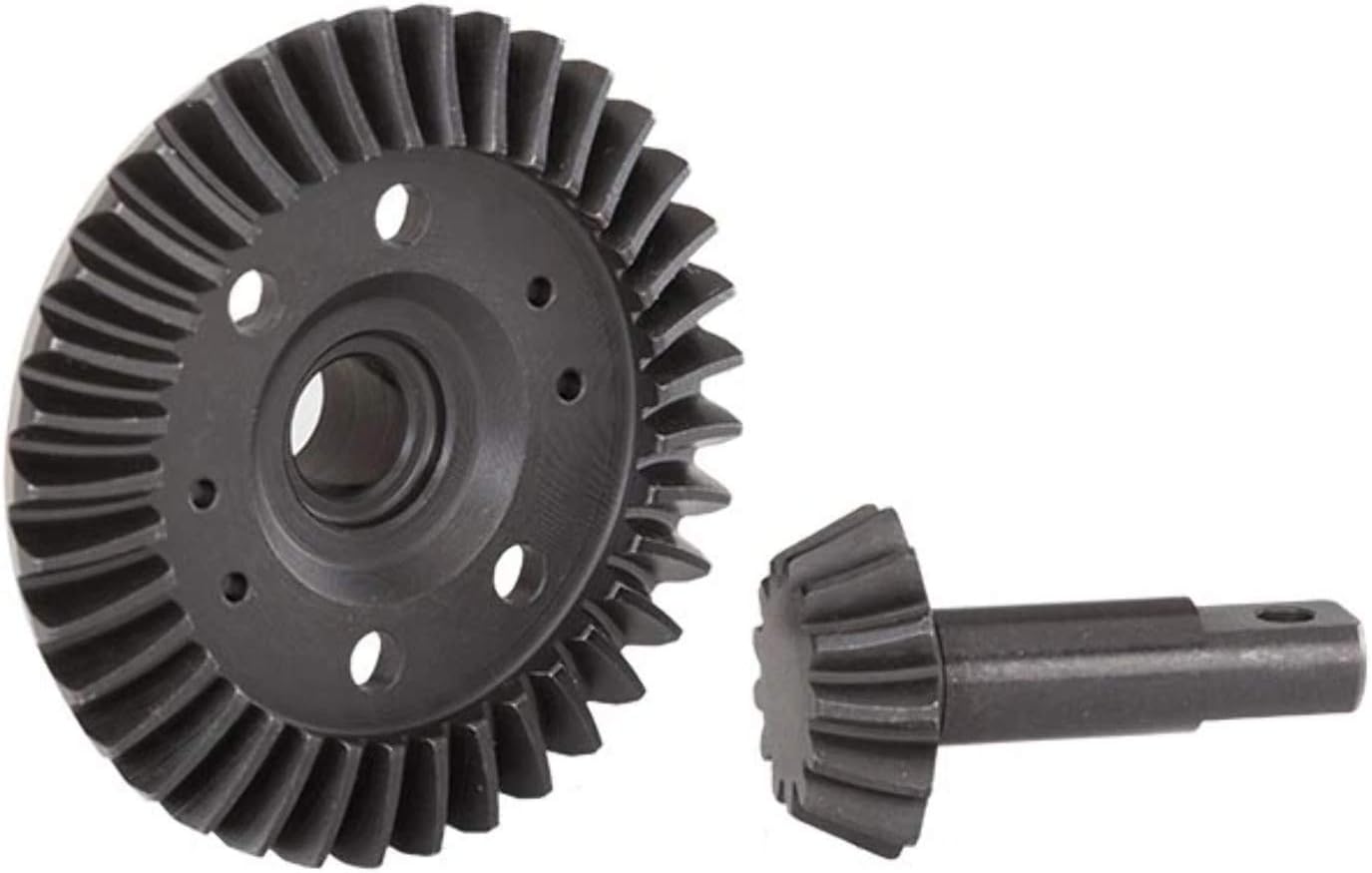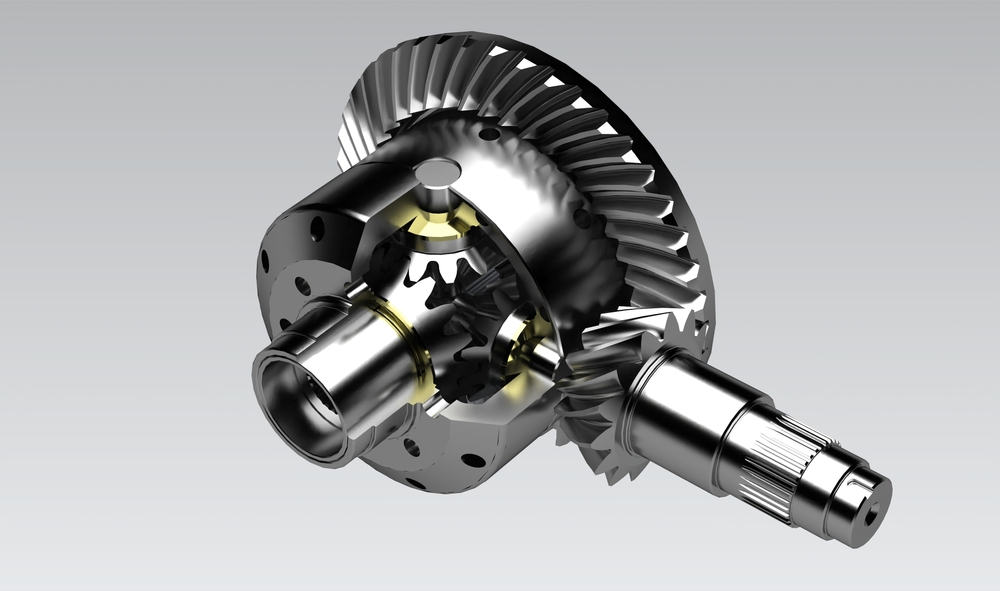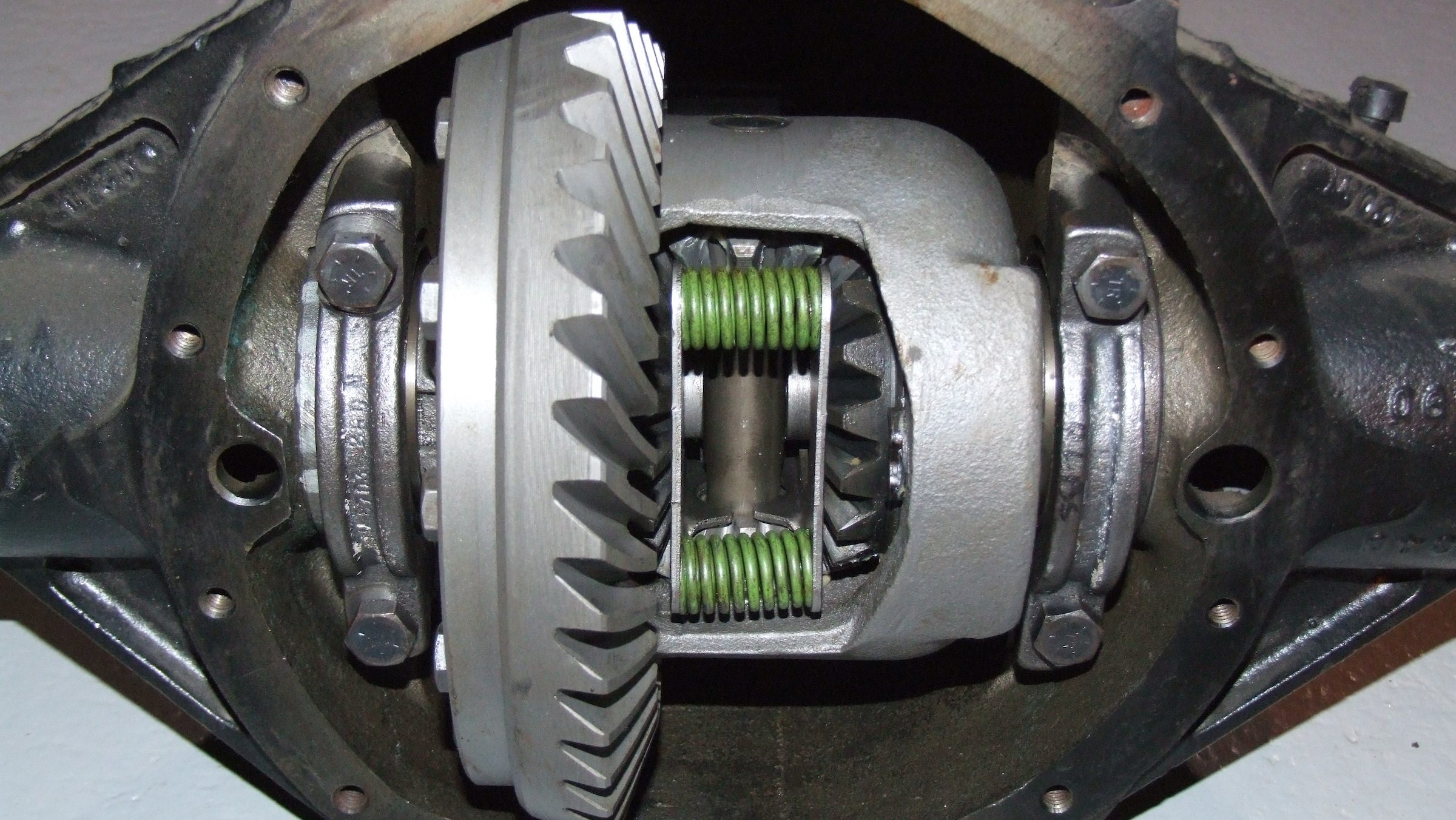Product Description
Product Description
| Name: | Hot Sale Differential Gear Kit Suitable For Agricultural Machinery Tractors Parts |
| Material: | stainless steel, carbon steel, alloy steel and so on. |
| Designs: | 1. As per customer’s drawing |
| 2. As per customer’s samples | |
| Surface Treatment: | 1. Polish |
| 2. Sand blasting | |
| Service: | OEM service available |
| Products: | All kinds of stainless steel casting: include pipe fitting, valve part, automotive parts,railroad parts, agriculture parts, marine parts, lighting parts,pump body, architectural parts and furniture parts so on. |
| Advantages: | Experienced to machine casting parts |
| Near to HangZhou port | |
| 3. We provide: OEM stainless steel lost wax castings and OEM machining services for stainless steel lost wax castings. We have: CNC Machining, CNC turning, CNC Milling, 3D CMM Inspection and CNC Optical Inspection. |
Detailed Photos
Company Profile
HangZhou Lucky Stone Import & Export Co., Ltd. specialize in CNC machining, investment casting, die casting, gravity casting, forging and stamping. We produce complex parts and aviation assemblies, and coordinate all steps required while providing the best quality and shortest possible lead time.
Based on our advanced equipment, more than 10 years experience and QC system, we have powerful ability to develop new items according to our customer’s drawings or samples.
We exert strict quality control in production processes, and our products comply with the requirements of oil, mine, defense, power generation and other industries. Our expertise lies in complex parts machining of carbon steel, alloy steel, stainless steel, aluminum and all kinds of metal. Moreover, we offer full tested subassemblies and assemblies as well as supply chain consolidation with complete traceability from raw materials to finished goods.
Certificated quality control system and high efficient organization, as well as high attention from the whole company, have steadily improved products quality and reduced producing costs in recent years.
OEM or ODM products are welcome. We will be your best choice, and we expect to be successful together with you !
Our Service
Product/Mold Design:
ODM/OEM products are highly welcome, and we have many years export experience in US and Europe market.
All kinds of drawings are available, such as dwg, pdf, jpg, stp, igs and etc.
Molds Making:
In order to ensure lead time and quality, all the molds will be made in our CNC machining workshop.
CNC Machining Workshop:
We have many sets of CNC Machining Center and CNC lathes, and could ensure 0.01-0.02mm tolerance depending on products design, size and raw material.
Heat Treatment:
Some castings need to be heat treated to get better and stable structure.
Manual Casting by Experienced Workers:
Our workers are full of experience and operate every process very carefully.
FAQ
1. Are you a manufacturer or a trading company?
We are a professional manufacturer with over 10 years’ experience for designing and producing casting parts and machining parts.
2. How can I get some samples?
If you need, we are glad to offer you samples for free, but the new clients are expected to pay the mould coast and courier cost.
3. Can you make casting according to our drawing?
Yes, we can make casting according to your drawing, 2D drawing, or 3D cad model, both available. If the 3D cad model can be supplied, the development of the tooling can be more efficient. But if without 3D, based on 2D drawing we can still make the samples properly approved.
4. Can you make casting based on our samples?
Yes, we can make measurement based on your samples to make drawings for tooling making.
5. What’s your quality control device in house?
We have spectrometer in house to monitor the chemical property, tensile test machine to control the mechanical property and UT Sonic as NDT checking method to control the casting detect under the surface of cast.
For more information, please feel free to contact us!
| Casting Method: | Thermal Gravity Casting |
|---|---|
| Process: | Lost Wax Casting |
| Molding Technics: | Pressure Casting |
| Application: | Agricultural Machinery Parts |
| Material: | Carbon Steel |
| Surface Preparation: | Sand Blast |
| Samples: |
US$ 1/Piece
1 Piece(Min.Order) | |
|---|
| Customization: |
Available
| Customized Request |
|---|

How does a differential gear system contribute to tire longevity?
A differential gear system plays a crucial role in tire longevity by ensuring optimal traction, minimizing tire wear, and distributing torque effectively. Here’s a detailed explanation of how a differential gear system contributes to tire longevity:
- 1. Traction Optimization: The differential gear system allows the wheels on the same axle to rotate at different speeds when the vehicle is turning. This capability helps improve traction and reduces tire scrubbing, which occurs when the tires resist turning and skid instead. By optimizing traction during turns, the differential gear system helps prevent excessive tire wear caused by scrubbing.
- 2. Torque Distribution: The differential gear system distributes torque from the engine to the wheels, allowing each wheel to receive an appropriate amount of power based on traction conditions. This distribution helps prevent wheel spin and excessive tire wear. By ensuring that torque is evenly distributed, the differential gear system helps maintain balanced tire wear across all wheels.
- 3. Wheel Speed Synchronization: When driving in a straight line, the differential gear system synchronizes the rotational speeds of the wheels. This synchronization minimizes tire scrubbing and reduces uneven wear. By keeping the wheels rotating at similar speeds, the differential gear system promotes even tire wear, extending tire longevity.
- 4. Cornering Stability: During cornering, the differential gear system allows the outer wheel to rotate faster than the inner wheel. This speed difference is necessary to accommodate the varying distances each wheel travels around the curve. By enabling smooth and controlled cornering, the differential gear system helps prevent excessive tire wear caused by lateral forces.
- 5. Reduced Stress on Tires: A properly functioning differential gear system helps reduce stress on tires by allowing them to rotate freely and independently. By mitigating excessive forces and minimizing tire scrubbing, the differential gear system helps decrease wear and tear on the tires. This reduction in stress contributes to prolonged tire life.
- 6. Traction Control: Some modern vehicles are equipped with advanced differential systems, such as electronic limited-slip differentials or torque vectoring differentials. These systems actively manage torque distribution to individual wheels based on traction conditions. By optimizing traction control, these differential systems help minimize tire slippage, improve grip, and reduce tire wear.
- 7. Proper Maintenance: Regular maintenance of the differential gear system is essential for tire longevity. This includes periodic inspection of the differential components, ensuring proper lubrication, and addressing any issues promptly. Well-maintained differentials help ensure optimal performance, reducing the risk of tire wear and extending tire life.
Overall, a well-functioning and properly maintained differential gear system plays a vital role in tire longevity. It optimizes traction, distributes torque effectively, synchronizes wheel speeds, promotes cornering stability, and reduces stress on tires. By understanding and maintaining the differential gear system, drivers can help maximize tire life and minimize the need for premature tire replacements.

What are the considerations for choosing the right type of differential gear for a vehicle?
When selecting the appropriate type of differential gear for a vehicle, several considerations come into play. Choosing the right differential gear involves assessing factors such as vehicle characteristics, intended use, driving conditions, and desired performance. Here’s a detailed explanation of the considerations for choosing the right type of differential gear:
- Vehicle Type: The type of vehicle, whether it’s a passenger car, SUV, truck, or performance vehicle, plays a significant role in determining the appropriate differential gear. Different types of vehicles have varying weight distributions, power outputs, and handling characteristics, which influence the optimal choice of differential gear.
- Driving Conditions: The intended driving conditions are crucial in selecting the right differential gear. Factors such as road surface, weather conditions, and terrain should be considered. For example, vehicles driven primarily on paved roads may benefit from different differential gear options compared to off-road vehicles that frequently encounter challenging terrain or vehicles that operate in regions with snowy or icy conditions.
- Performance Requirements: The desired performance attributes of the vehicle are important considerations. Some drivers prioritize acceleration and high-speed performance, while others focus on off-road capabilities, towing capacity, or fuel efficiency. Differential gears can be chosen to optimize specific performance aspects, such as maximizing traction, improving handling, enhancing torque delivery, or achieving better fuel economy.
- Traction Needs: The level of traction required is a key factor in selecting the right differential gear. Vehicles that need maximum traction in challenging conditions, such as racing cars, off-road vehicles, or vehicles used in low-grip environments, may benefit from limited-slip differentials or locking differentials. These differential types help distribute power to the wheels with the most grip, enhancing traction and maintaining vehicle control.
- Driving Dynamics: The desired driving dynamics and handling characteristics also influence the choice of differential gear. Some drivers prefer a more predictable and balanced handling, while others may desire more aggressive cornering capabilities. Differential gears with specific characteristics, such as torque vectoring differentials, can enhance these driving dynamics by actively managing torque distribution between individual wheels.
- Budget: Cost considerations are also significant when choosing a differential gear. Different types of differential gears vary in terms of complexity, features, and pricing. It’s essential to evaluate the budget constraints and weigh the cost against the desired performance benefits and requirements.
In summary, selecting the right type of differential gear for a vehicle involves considering factors such as vehicle type, driving conditions, performance requirements, traction needs, driving dynamics, and budget. By carefully assessing these considerations, drivers can choose a differential gear that aligns with their vehicle’s characteristics, intended use, and performance objectives, ultimately enhancing traction, handling, and overall driving experience.

Are there different types of differential gears available?
Yes, there are different types of differential gears available, each designed to suit specific driving conditions and performance requirements. Here’s an overview of some commonly used types of differential gears:
1. Open Differential:
An open differential is the most basic and widely used type of differential gear. It allows the wheels to rotate at different speeds during turns while equally distributing torque. In normal driving conditions, an open differential provides smooth operation and is relatively inexpensive. However, it has limited traction improvement capabilities and may distribute power to the wheel with the least resistance, which can be a disadvantage in low-traction situations.
2. Limited-Slip Differential (LSD):
A limited-slip differential (LSD) improves upon the capabilities of an open differential by providing some degree of torque biasing. LSDs use various mechanisms, such as clutch packs, viscous fluids, or gear arrangements, to transfer more torque to the wheel with better traction. This helps improve traction and power delivery, especially in situations where one wheel has reduced traction. LSDs strike a balance between improved traction and maintaining drivability for everyday use.
3. Electronic Limited-Slip Differential (ELSD):
An electronic limited-slip differential (ELSD) is a modern variation of the limited-slip differential. It incorporates electronic sensors and actuators to actively monitor wheel speeds and traction conditions. The ELSD can quickly and precisely distribute torque to the wheels with better traction, enhancing overall performance and stability. ELSDs are often found in high-performance or advanced all-wheel drive systems.
4. Torsen Differential:
A Torsen (short for Torque-Sensing) differential is a type of differential gear that uses a worm gear arrangement to distribute torque. Torsen differentials can provide a higher torque biasing ratio compared to LSDs. They have a mechanical, self-acting design that automatically transfers torque to the wheel with better traction. Torsen differentials are commonly used in performance-oriented vehicles and off-road applications.
5. Locking Differential:
A locking differential is designed to maximize traction in off-road or extreme driving conditions. It allows both wheels to receive an equal amount of torque simultaneously, regardless of traction conditions. Locking differentials can be manually engaged or automatically activated by sensors detecting wheel slip. While locking differentials enhance traction, they can also negatively impact handling on paved surfaces, making them more suitable for off-road or specialized applications.
6. Torque Vectoring Differential:
A torque vectoring differential is a more advanced type of differential that actively distributes torque to individual wheels to enhance vehicle dynamics. It uses electronic systems to monitor various vehicle parameters, such as wheel speed, steering input, and lateral acceleration. By selectively applying torque to specific wheels, torque vectoring differentials can improve cornering performance, stability, and agility.
These are just a few examples of the different types of differential gears available. Each type offers unique characteristics and advantages, allowing vehicle manufacturers to tailor the differential system to specific driving conditions, performance requirements, and driver preferences.


editor by CX 2023-09-12